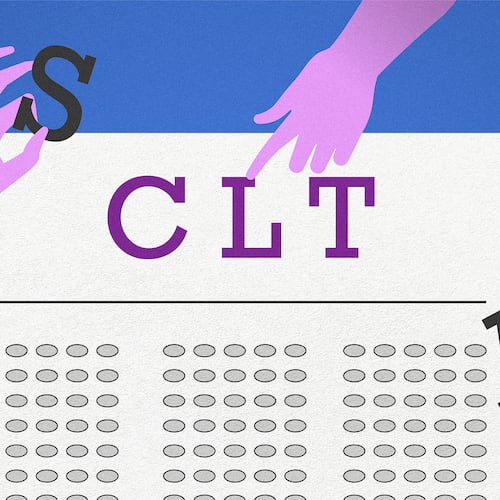Emory University announced an effort Monday to help more students graduate debt-free.
Starting next school year, the university said, it will provide more grants and scholarships for students from lower-income households and eliminate its need-based loan program.
The university, which has campuses in Atlanta and Newton County, expects to award about $151 million annually in need-based aid for undergraduate students. That’s an increase of $8 million from its current total through its Emory Advantage program.
“For Emory to fulfill our mission of serving humanity in all that we do, we are continuing to invest in making an Emory education affordable to talented students of all financial backgrounds,” Gregory L. Fenves, the university’s president, said in a statement. “By eliminating need-based loans for undergraduates, our students have the opportunity to earn their Emory degrees with less debt as they embark on their extraordinary journeys after graduation.”
Credit: Photo Contributed
Credit: Photo Contributed
Emory, the state’s largest private university, estimates it will help about 3,300 students — almost one-half of its undergraduate enrollment. The estimated average income for families who will be eligible for the loan replacement program in fall 2022 is $107,000, university officials said.
Tuition, housing and other expenses for undergraduate students at Emory is about $75,000 a year. Undergraduate students receive about $43,000 a year through Emory grants and scholarships, federal statistics show. In some cases, students come up with the rest of the money through loans.
More than one-quarter of Emory’s undergraduate students take out federal or private loans, federal data shows. The median total federal loan debt among borrowers who completed their undergraduate degree is $16,500, university officials said.
About 75 schools nationwide have some form of no-loan plans, The Washington Post has reported.
Colleges and universities are under increasing pressure to make tuition and other expenses more affordable. Federal lawmakers have debated proposals to decrease student loan debt. Federally held student loan debt nationwide is currently about $1.7 trillion, more than the nation’s auto loan debt, research shows.
About the Author
Keep Reading
The Latest
Featured



